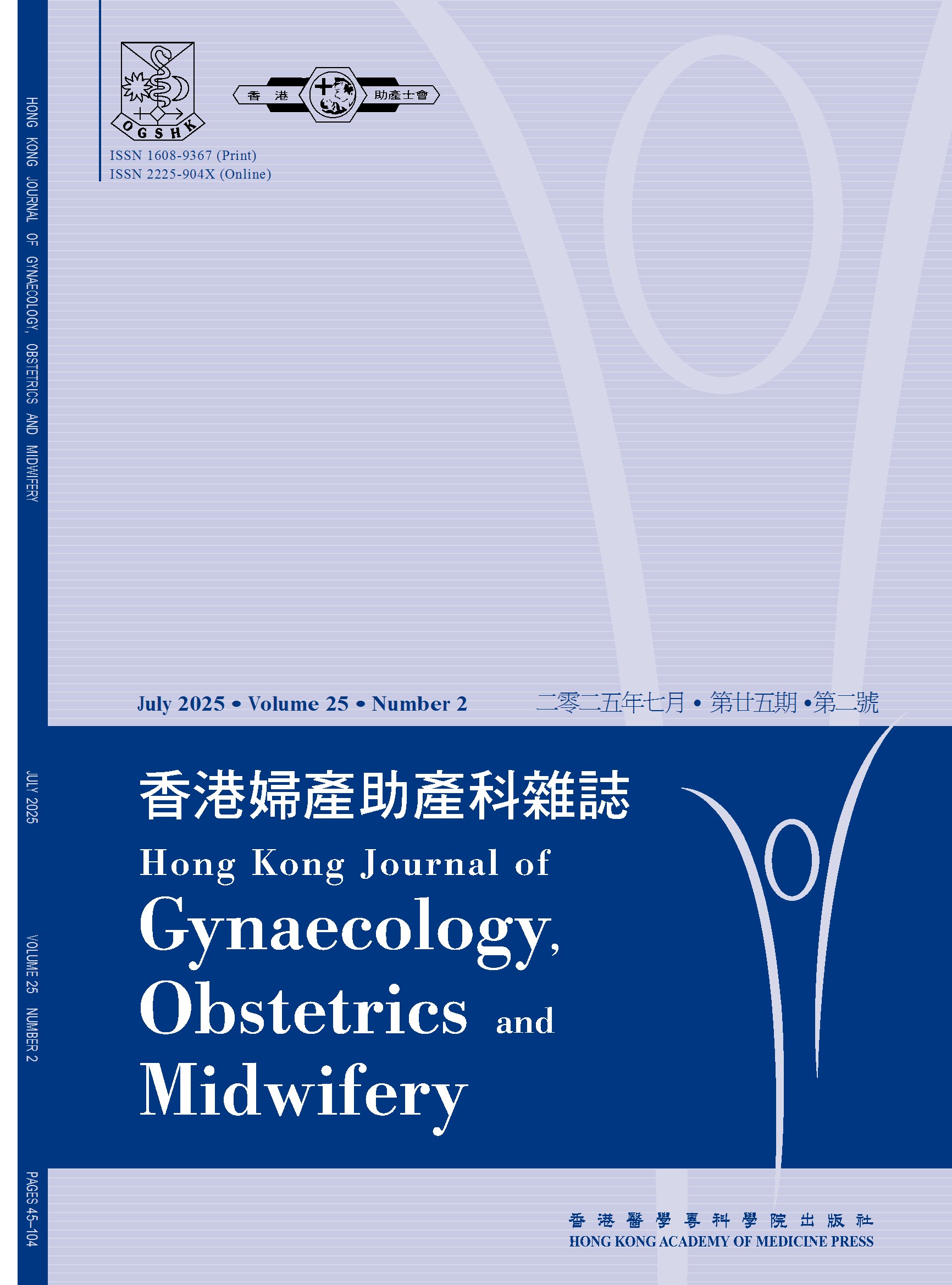Prenatal diagnosis of a pair of twins with thanatophoric dysplasia type I and Down syndrome: a case report
Keywords:
Down syndrome, Prenatal diagnosis, Thanatophoric dysplasiaAbstract
We present a case of spontaneous dichorionic diamniotic twins, each affected by thanatophoric dysplasia type I and Down syndrome. Non-invasive prenatal screening revealed an increased level of chromosome 21 DNA. Ultrasound showed that twin A had short long bones and a bowed humerus, whereas twin B appeared phenotypically normal. Amniocentesis of twin A sent for quantitative fluorescent-polymerase chain reaction (QF-PCR), chromosome microarray, and sequence analysis of the fibroblast growth factor receptor 3 gene (FGFR3) identified a heterozygous variant in exon 7 of FGFR3, suggestive of autosomal dominant thanatophoric dysplasia type I (OMIM 187600). Amniocentesis of twin B sent for QF-PCR revealed trisomy 21, likely caused by meiotic nondisjunction, with normal chromosomes 13 and 18; karyotyping showed 47,XY,+21, suggestive of Down syndrome. At 22 weeks and 2 days of gestation, termination of pregnancy for both twins was performed.
References
1. Liu F, Lu J, Kwan AHW, Yeung YK, et al. Consolidated and updated ultrasonographic fetal biometry and estimated fetal weight references for the Hong Kong Chinese population. Hong Kong Med J 2024;30:444-51.
2. Richards AJ, McNinch A, Martin H, et al. Stickler syndrome and the vitreous phenotype: mutations in COL2A1 and COL11A1. Hum Mutat 2010;31:E1461-71.
3. Baker KM, Olson DS, Harding CO, Pauli RM. Long-term survival in typical thanatophoric dysplasia type 1. Am J Med Genetics 1997;70:427-36.
4. Burgel PR, Paillasseur JL, Durieu I, et al. Multisystemic effects of elexacaftor-tezacaftor-ivacaftor in adults with cystic fibrosis and advanced lung disease. Ann Am Thorac Soc 2024;21:1053-64.
5. Hatzaki A, Sifakis S, Apostolopoulou D, et al. FGFR3 related skeletal dysplasias diagnosed prenatally by ultrasonography and molecular analysis: presentation of 17 cases. Am J Med Genet A 2011;155A:2426-35.
6. Schild RL, Hunt GH, Moore J, Davies H, Horwell DH. Antenatal sonographic diagnosis of thanatophoric dysplasia: a report of three cases and a review of the literature with special emphasis on the differential diagnosis. Ultrasound Obstet Gynecol 1996;8:62-7.
7. Chen CP, Chern SR, Shih JC, et al. Prenatal diagnosis and genetic analysis of type I and type II thanatophoric dysplasia. Prenat Diagn 2001;21:89-95.
8. MacCarrick G, Aradhya S, Bailey M, et al. Clinical utility of comprehensive gene panel testing for common and rare causes of skeletal dysplasia and other skeletal disorders: results from the largest cohort to date. Am J Med Genet A 2024;194:e63646.
9. Delezoide AL, Narcy F, Larroche JC. Cerebral midline developmental anomalies: spectrum and associated features. Genet Couns 1990;1:197-210.
10. Dungan JS, Klugman S, Darilek S, et al. Noninvasive prenatal screening (NIPS) for fetal chromosome abnormalities in a general-risk population: an evidence-based clinical guideline of the American College of Medical Genetics and Genomics (ACMG). Genet Med 2023;25:100336.
11. Dan S, Yuan Y, Wang Y, et al. Non-invasive prenatal diagnosis of lethal skeletal dysplasia by targeted capture sequencing of maternal plasma. PLoS One 2016;11:e0159355.
12. Chitty LS, Mason S, Barrett AN, et al. Non-invasive prenatal diagnosis of achondroplasia and thanatophoric dysplasia: next-generation sequencing allows for a safer, more accurate, and comprehensive approach. Prenat Diagn 2015;35:656-62.
13. Verhoef TI, Hill M, Drury S, et al. Non-invasive prenatal diagnosis (NIPD) for single gene disorders: cost analysis of NIPD and invasive testing pathways. Prenat Diagn 2016;36:636-42.
14. Mellis R, Chandler N, Jenkins L, Chitty LS. The role of sonographic phenotyping in delivering an efficient noninvasive prenatal diagnosis service for FGFR3-related skeletal dysplasias. Prenat Diagn 2020;40:785-91.
15. Gregg AR, Skotko BG, Benkendorf JL, et al. Noninvasive prenatal screening for fetal aneuploidy, 2016 update: a position statement of the American College of Medical Genetics and Genomics. Genet Med 2016;18:1056-65.
16. American College of Obstetricians and Gynecologists’ Committee on Practice Bulletins—Obstetrics; Committee on Genetics; Society for Maternal-Fetal Medicine. Screening for fetal chromosomal abnormalities: ACOG Practice Bulletin, Number 226. Obstet Gynecol 2020;136:e48-e69.
Downloads
Published
How to Cite
Issue
Section
License
Copyright (c) 2025 Hong Kong Journal of Gynaecology, Obstetrics and Midwifery

This work is licensed under a Creative Commons Attribution-NonCommercial-NoDerivatives 4.0 International License.
The Journal has a fully Open Access policy and publishes all articles under a Creative Commons Attribution-NonCommercial-NoDerivatives 4.0 International (CC BY-NC-ND 4.0) licence. For any use other than that permitted by this license, written permission must be obtained from the Journal.





